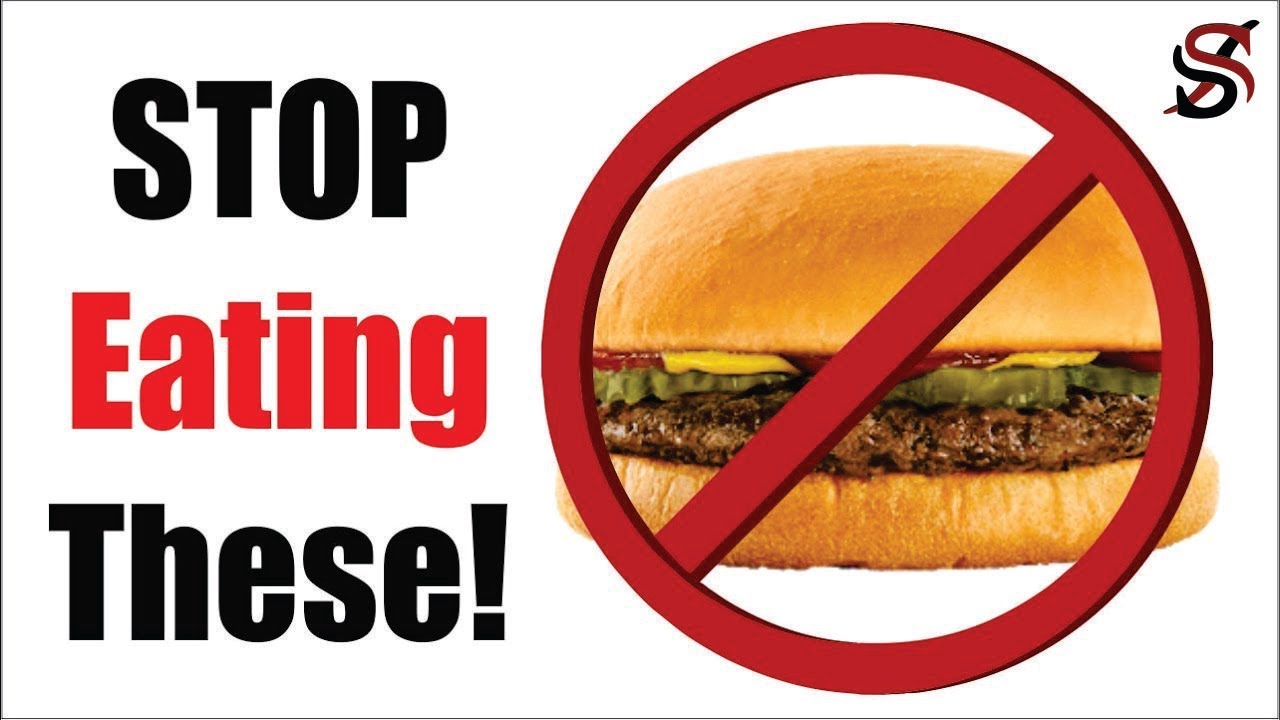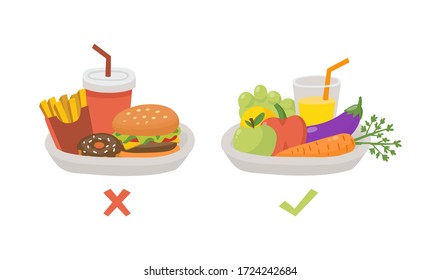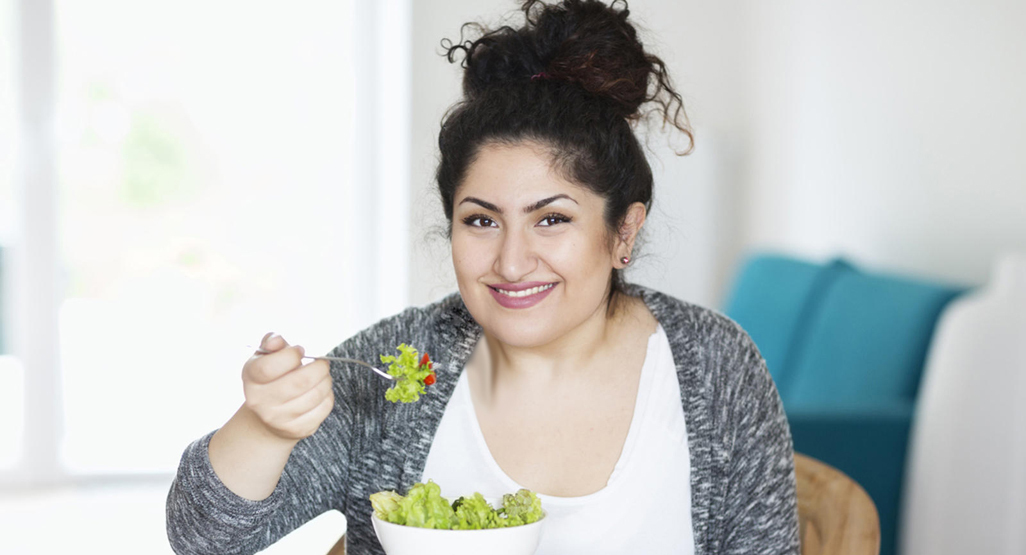
Diabetes patients can choose from a variety of foods. It is important to eat a balanced diet in order to control blood sugar. Legumes contain high amounts of protein, fiber, high-quality carbohydrates, and both high-quality and low-calorie carbohydrate. Soluble fiber is a good source of energy and helps curb hunger. Recent studies showed that legumes had a lower risk of type 2 diabetes and improved blood sugar control.
As a low-carb food, avocados are a great choice for diabetics. Avocados are rich in fiber and healthy fats. Walnuts are especially good for diabetics because they contain high amounts of omega-3s. However, it is important to only eat a single serving of walnuts. You can also choose to eat chickpeas, a legume high in fiber and protein. Chickpeas are high in protein and can be eaten as a snack. They also contain large amounts of dietary fiber.
While many people don't like spinach's taste, the beta-carotene in pumpkins can be converted to essential vitamin A. Mixing the skin with other vegetables can provide fiber if you're unable to eat them. They can also be cooked and served as part of a meal. For extra protein, mix some quinoa in your favorite soups or smoothies.

A diabetic can also enjoy Greek yogurt as a snack. The portion size of this starchy vegetable is 6-8 grams so it can be enjoyed as a snack, or even breakfast. Pay attention to the label as some brands may have added sugar. The yogurt can be enjoyed with fruit, such as berries and cherries. Flax seeds are high in lignans, which reduce heart disease risk and improve insulin sensitivity.
Sweet potatoes are high in potassium and fiber, as well as lean protein. You can also cook sweet potatoes and enjoy them as a snack. Despite being high in carbs, sweet potatoes are low in sugar and are ideal side dishes for lean protein and vegetables. They are also a good source magnesium, which can help prevent strokes and lower diabetes risk. They are one of the best foods for diabetics.
Many fruits and vegetables have high levels of antioxidants. They are also a good source to fiber. They can be used as a salad ingredient or in smoothies. Greek yogurt can be used in salads and yogurts, as well as berries. These can be added to any yogurt you prefer. You can even use them in smoothies. When preparing fruit for salads, you can use them to enhance the taste of your desserts.
Diabetic diets should not be too balanced. Diabetic patients should eat foods that are low in sugar but not high in saturated fats or transfats. Instead of being high in fat, they should be high-in fiber, protein,, and fiber. A diabetic diet should consist of whole grains and fruits. Healthy fats are an important part of a diabetic diet. These foods offer many benefits.

A healthy diet should include plenty of fruits. Fresh, organic, and ripe fruits and vegetables are the best. Low-calorie foods are the best for diabetics. There are many methods to include fruits and vegetable into your daily routine. For instance, you could eat nuts every morning. These can be tasty and healthy options for diabetics. For diabetes prevention, you need to be aware of your sugar intake.
Other foods for diabetics include Greek yogurt. It is rich in fiber and contains very few carbohydrates. You can enjoy it as a snack, or as a savory meal. It also helps to include a wide variety of whole grains. They contain low-calorie and high-fiber foods. Because they are low in sugar, whole-grain breads can be the best food for diabetics. These breads, pastas, and other whole-grain foods are also good sources of fiber.
FAQ
How can I reduce my blood pressure
Find out the causes of high blood pressure first. You must then take steps towards reducing the problem. This could mean eating less salt, losing some weight, taking medication, and so on.
It is important to ensure that you get enough exercise. If you don’t have enough time to exercise regularly, consider walking more often.
Consider joining a gym if your current exercise regimen is not satisfying you. A gym that has other members who are motivated by your goals will be a good choice. It's much easier to follow a routine if someone is with you at the gym.
What is the difference in a virus and bacteria?
A virus is an organism microscopic that can't reproduce outside its host cells. A bacterium can be described as a single-celled organism which reproduces by splitting in two. Viruses can be as small as 20 nanometers, while bacteria can grow up to 1 micron.
Viruses can be spread by contact with bodily fluids containing infected substances, such as saliva, urine and semen. Bacteria are often spread via direct contact with contaminated surfaces or objects.
Viruses can get into our bodies through cuts and scrapes on the skin, bites, and other injuries. They can also enter the body through the mouth, nose, eyes and ears, vaginal, rectum or anus.
Bacteria can get into our bodies through cuts, scrapes and burns, insect bites, or other skin breaks. They can also get into our bodies via food, water or soil.
Both bacteria and viruses cause illness. However, viruses cannot reproduce within their hosts. Viral infections can only cause diseases in living cells.
Bacteria can spread within the host and cause illness. They can spread to other parts of our bodies. We need antibiotics to get rid of them.
What is the difference between fat and sugar?
Fat can be a source of energy that is obtained from food. Sugar is naturally found in fruits and veggies. Both sugars and fats have the same calories. Fats have twice the calories of sugars, however.
Fats can be stored in the body, which can lead to obesity. They cause cholesterol buildup in arteries which may lead to heart attacks and strokes.
Sugars are quickly absorbed by the body and provide instant energy. This causes blood glucose levels in the body to rise. High blood glucose levels can lead to type II diabetes.
Statistics
- nutrients.[17]X Research sourceWhole grains to try include: 100% whole wheat pasta and bread, brown rice, whole grain oats, farro, millet, quinoa, and barley. (wikihow.com)
- In both adults and children, the intake of free sugars should be reduced to less than 10% of total energy intake. (who.int)
- WHO recommends consuming less than 5% of total energy intake for additional health benefits. (who.int)
- WHO recommends reducing saturated fats to less than 10% of total energy intake; reducing trans-fats to less than 1% of total energy intake; and replacing both saturated fats and trans-fats to unsaturated fats. (who.int)
External Links
How To
What does the word "vitamin" mean?
Vitamins are organic substances found naturally in food. Vitamins are necessary for us to absorb nutrients in the foods we consume. The body cannot make vitamins; therefore, they must be obtained from food.
There are two types: water-soluble and fat-soluble vitamins. Water-soluble vitamins dissolve quickly in water. You can find vitamin C,B1 or thiamine, B2 or riboflavin and B3 or niacin, B3/niacin, B6/pyridoxine, folic Acid, biotin and pantothenic Acid as examples. Fat soluble vitamins are stored in the liver and fatty tissue. These include vitamin D, E and K, as well as beta carotene.
Vitamins can be classified according to biological activity. There are eight main groups of vitamins.
-
A - Vital for normal growth and maintaining good health.
-
C - vital for proper nerve function, and energy production.
-
D - Vital for healthy bones and teeth
-
E - needed for good vision and reproduction.
-
K - essential for healthy muscles, nerves, and bones.
-
P - essential for strong bones, teeth and tendons
-
Q - aids digestion, absorption and absorption iron
-
R - Red blood cells are made from red blood cells.
The recommended daily allowance of vitamins (RDA), varies according to age, gender, physical condition, and other factors. The U.S. Food and Drug Administration has established the RDA values.
For adults over 19, the RDA for vitaminA is 400 micrograms per daily. However, pregnant women need 600 micrograms per day because it is important for fetal development. Children ages 1-8 require 900 micrograms per day. Children under 1 year old require 700 micrograms daily, while infants over one year old need 500 micrograms every day. This decreases between 9 and 12 months.
Children aged 1-18 years need 800 micrograms daily, while children overweight require 1000 micrograms per days. Children who are severely obese or underweight will need 1200 micrograms each day.
Children 4-8 years old who have anemia must consume 2200 micrograms of Vitamin C daily.
2000 micrograms are required daily for good health in adults over 50. Due to their increased nutrient needs, pregnant and breastfeeding women need 3000 micrograms daily.
1500 micrograms is the recommended daily intake for adults aged 70+, who lose approximately 10% of muscle each year.
Women who are pregnant or lactating need more than the RDA. Pregnant women require 4000 micrograms daily during pregnancy, and 2500 micrograms every day after birth. Breastfeeding mothers need 5000 micrograms per day when breast milk is being produced.